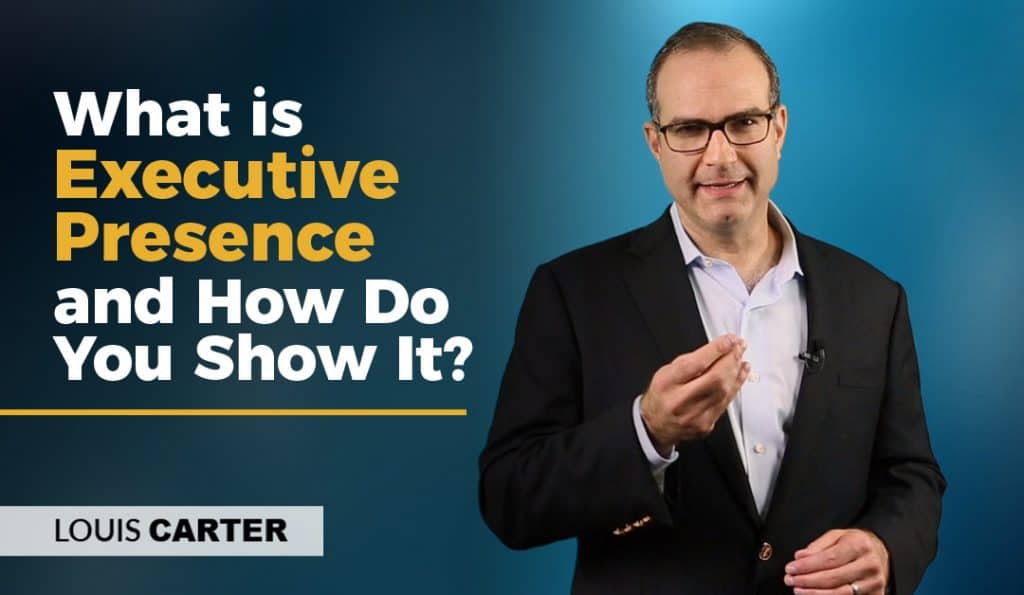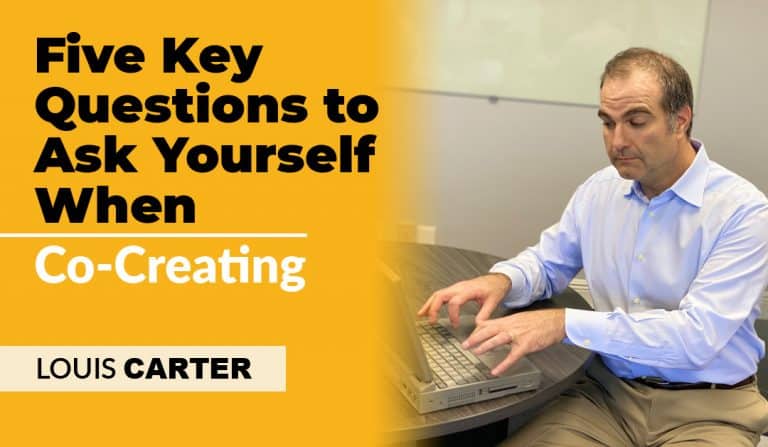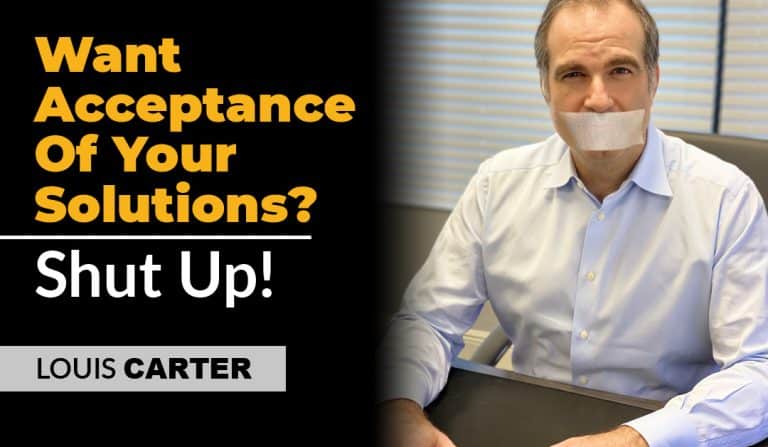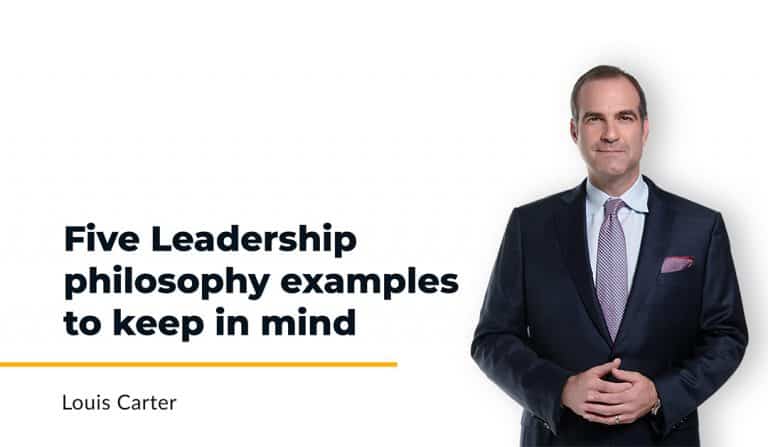Have you ever known a person who exudes leadership qualities the moment they walk into a room? You instinctively know that this individual is in control when they begin talking, but why do you feel this way? You feel this way because of their executive presence. Here, I help you understand what executive presence is and how to adopt it.
What is Executive Presence?
As you may have anticipated, it can be hard to identify and accurately define executive presence. According to a study published in the Consulting Psychology Journal, executive presence is an ambiguous concept but has a significant impact on effective leadership.
However, many industry experts suggest that it can exude confidence, trust, decisiveness, and integrity effortlessly and every time.
The term also includes the attributes of a strong leader. For example, those with an executive presence perform well under pressure and can articulate clearly and effectively. Moreover, they can observe a setting or scenario and know precisely how to manage it.
In short, executive presence is a quality of a leader that makes those around them feel that they are in control, confident, and willing to lead others.
How to Have Executive Presence
According to an article published in the Harvard Business Review, executive presence is not some inherent attribute that either you have or do not have. Instead, it is a series of learned behaviors that allow you to get attention from your peers and subordinates instantly.
The following are some of the attributes that you can build or improve to have an executive presence.
1. Project Positive Body Language
The emotional tone when you first start talking will set the direction of the entire relationship. So, whenever you have a one-on-one session with someone, try to bring your best emotional game forward—being receptive to what others are saying or even feeling and maintaining a calm, relaxed, and confident demeanor.
It is vital to maintain a confident posture in front of others whether you’re sitting or standing.
- Don’t slouch or show any signs of nerves.
- Don’t cross your arms or appear closed in demeanor.
- Lift your chin up, lengthen your neck, and ensure your shoulders are aligned with your body rather than too far behind or forward.
- Be clear and concise.
- Keep the audience engaged with your eyes and avoid looking too anxious.
- Always assume that others are “on your side.” Everyone wants others to do well by nature.
- Be natural, breath, it’s all good!
2. Delegate and hold accountable properly
Delegating tasks is a key activity for leaders; its success depends largely on trust between the leader and their direct reports/followers. Suppose a leader has a history of effectively and successfully delegating tasks. In that case, direct reports will likely welcome any task assigned to them with open arms because they trust the leader enough to take on any job without question. Being trustworthy is a crucial attribute of leaders with an executive presence.
Two critical aspects of the effective delegation are accountability and goal setting. Accountability is a method of managerial control that ensures response and the completion of a goal. Transparency is the key.
However, leaders must clearly express their expectations (goals) to the individual responsible for the action or assignment specified. Simple communication of objectives and well-defined priorities is a very efficient method for improving efficiency at all organizational levels.
Numerous leading global organizations have used objectives and key results (OKRs) for performance assessment from a holistic viewpoint, which supports the sharing of knowledge and information within organizations.
As a leader, it is also essential to learn not to jump to conclusions. Use the ladder of inference as your thought process to get from a fact to an action or decision, often even without realizing it. In my book, In Great Company, I build a model around the ladder of inference to have effective communication. As you can see from the Ladder of Connection below, there is a straightforward process for establishing understanding and action.
1.What is the meeting about?
2.Why is it important to me, you, and all of us?
3.What are our choices for moving forward?
4.How do we execute?
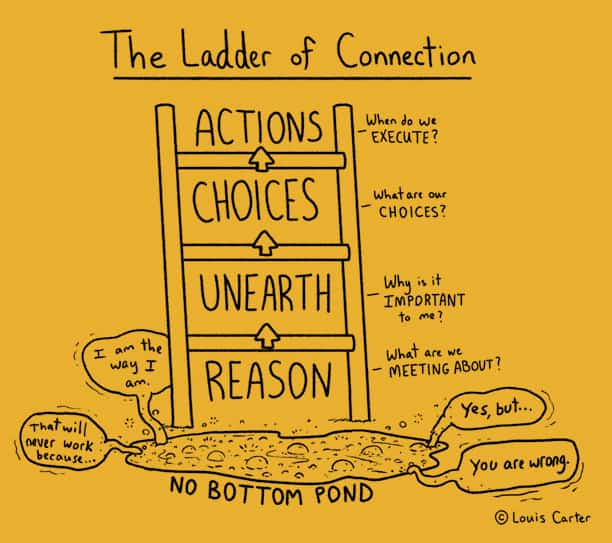
When communicating with your team members, making such queries is recommended. Some examples are “What’s the biggest hurdle here for you/us?” “What’s most beneficial to you?” “What’s of most significant value?” etc.
You can establish yourself as a strong or influential leader with an executive presence by asking such questions.
3. Ensure Emotional Connectedness
Business knowledge, critical thinking, experience, and ambition are competencies that link strongly with the best managers and leaders within organizations. However, the new emotional intelligence known as emotional connectedness is arguably the most important yet most ignored quality in successful leaders.
Emotional intelligence is the ability to recognize and control your feelings and recognize and influence the feelings of those around you. In my book, In Great Company, I underscore how we can take EI too seriously. So much so that people become robotic in their conversations and become overly sensitive to others. I take EI to the next level of emotional connectedness, which relies heavily on being authentic and honest with those around you and fully respecting their situations.
There is one common thing in the most successful leaders: they all have a significant degree of what is now defined as emotional connectedness.
There are six critical elements of emotional connectedness: self-awareness, self-regulation, authenticity, passion, empathy, and commitment. The more a leader controls these elements, the more emotionally connected they are likely to be.
4. Ask For Advice/Coaching to Get Better
You can become an effective leader by merely asking for advice to get better.
The advice or coaching you need to seek includes various steps for a results-driven conversation, such as mirroring what you’ve heard, supporting statements that work, challenging and questioning when necessary, and moving to a decision.
I recommend using David Kantor’s Four-Player Model of Communication to improve your leadership abilities; the model identifies the four kinds of everyday actions within a group and elaborates on the complications to avoid. These four roles include:
1.Mirroring back understanding.
2.Supporting ideas.
3.Challenging by questioning
4.Moving ideas forward to execution
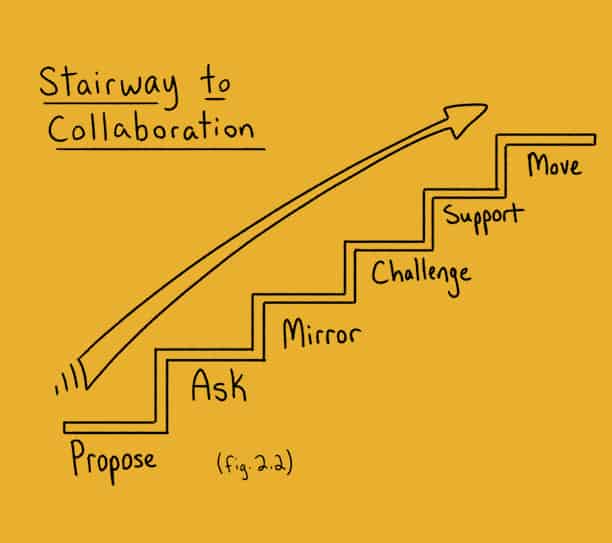
The stairway to collaboration above is an exercise I created for both teams and between employees to establish an action-oriented environment. This action-oriented environment creates a functional and respectful relationship with each other. It allows us to question reality, fully understand what each other’s truth is, and move to a balanced, fair, and forward-thinking decision. Take any situation and apply it to the stairway of collaboration, and I almost always can guarantee you will come to a shared understanding.
Final Word
As a leader, others examine us under a microscope at all times. Practicing executive presences allows you to shape the professional environment around you. No matter where you work, you have the opportunity to lead with executive presence and create effective and respectful relationships with others around you. Executive presence is one of the most significant building blocks for new possibilities for you as an executive.


